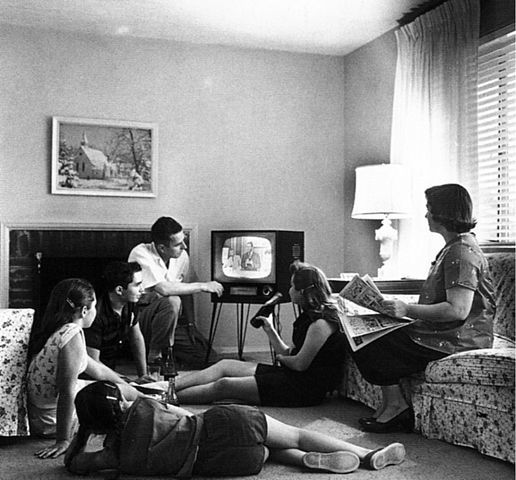 Class will open with a discussion of Snapshot of a modern learner and it’s implication for the classroom. I will offer a brief lecture detailing aspects of the “new digital literacy.”
Class will open with a discussion of Snapshot of a modern learner and it’s implication for the classroom. I will offer a brief lecture detailing aspects of the “new digital literacy.”
- Find, decode and critically evaluate information.
- Curate, store and responsibly share it.
- Effectively filter information flow and stay focussed.
For more of my thoughts on the impact of digital on teaching and learning, see my post What Happens in Schools When Life Has become an Open-book Test?
Students will have an opportunity to view GapMinder – a website that exemplifies redefined learning in the digital era. Students will get to use two additional transformative web-based research tools – NGram Viewer and NY Times Chronicle – to develop and test hypotheses. As part of an inclass demo of the power of word frequency research, students will share their results via a Twitter hashtag: #WordFreq
Here’s a Storify archive of our research
Books Ngram Viewer and NY Times Chronicle have many interesting applications in the classroom. For example, they can both be used to introduce the research method – form a hypothesis, gather and analyze data, revise hypothesis (as needed), draw conclusions, assess research methods. Working in teams students can easily pose research questions, run the data, revise and assess their research strategy. Students can quickly make and test predictions. They can then present and defend their conclusions to other classroom groups. All skills called for by the new Common Core standards. Ideas for classroom use Books Ngram Viewer and NY Times Chronicle. For more advanced searches using NGram Viewer click here.
Students will be introduced to Evernote a useful tool for curating and storing information and then sharing it with collaborative teams.
Evernote tutorials – Getting started.
How to use Evernote on web. (Use drop down menu to select other operating systems)
Assignment:
Preparations will begin for student design of document-based questions. At this phase students will be introduced to high quality online archives for World History and US History. Students will create an Evernote Notebook to begin to collect source material for prospective DBQ projects. They will share their notebook with the instructor by eve of Sunday Oct 5. Note: At this point student topics are speculative. Final decisions on topics will not be due until 10/22.
Image Credit: Family watching television. Evert F. Baumgardner, ca. 1958 National Archives and Records Administration
